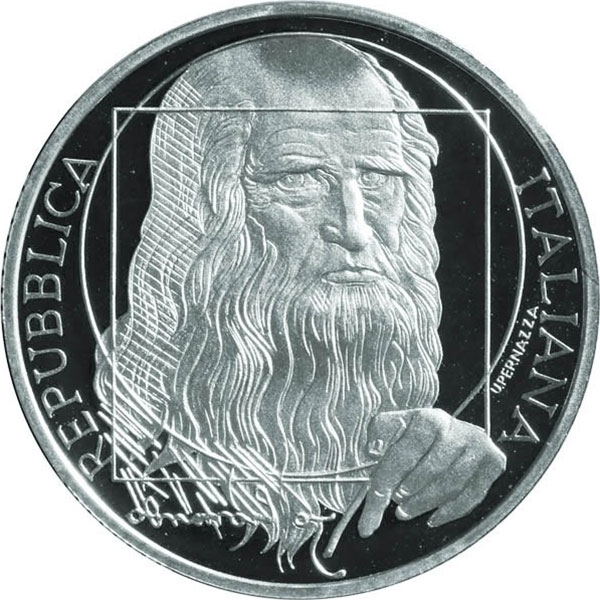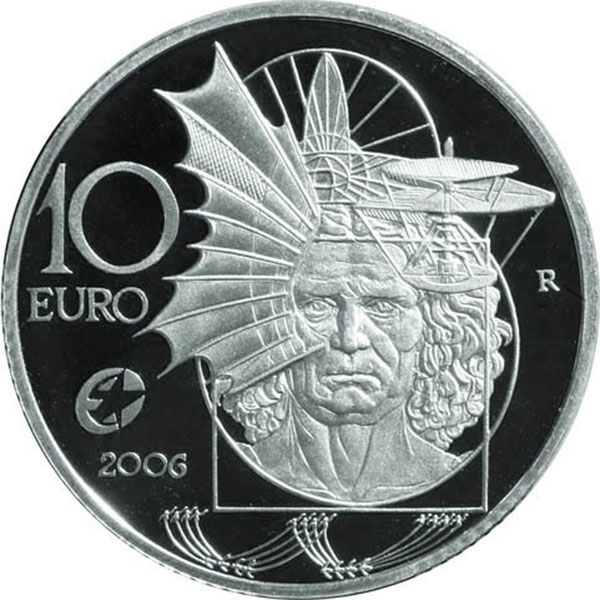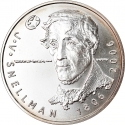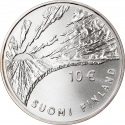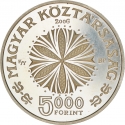You are about to finish your registration. Please check your mailbox (including spam folder). There should be a letter with a confirmation link. Check setting to make sure that your e-mail address is correct.
Send letter againDescription
Leonardo di ser Piero da Vinci (1452–1519), more commonly Leonardo da Vinci or simply Leonardo, was an Italian polymath of the Renaissance, whose areas of interest included invention, painting, sculpting, architecture, science, music, mathematics, engineering, literature, anatomy, geology, astronomy, botany, writing, history, and cartography. He has been variously called the father of palaeontology, ichnology, and architecture, and is widely considered one of the greatest painters of all time. Sometimes credited with the inventions of the parachute, helicopter and tank, he epitomised the Renaissance humanist ideal.
Leonardo was, and is, renowned primarily as a painter. Among his works, the Mona Lisa is the most famous and most parodied portrait and The Last Supper the most reproduced religious painting of all time. Leonardo's drawing of the Vitruvian Man is also regarded as a cultural icon, being reproduced on items as varied as the euro coin, textbooks, and T-shirts.
The collector coin is part of the Europa Coin Programme, also known as the European Silver Programme, or the Eurostar Programme. It is an initiative dedicated to the issuance of collector-oriented legal tender coins in precious metals to celebrate European identity. The issuing authorities of EU member countries voluntarily contribute coins to the Europa Coin Programme. Multiple countries have participated in the programme, beginning in 2004. Some coins are denominated in euro, others are denominated in other currencies.
Artist: Uliana Pernazza
Obverse

|
Depicts a self-portrait of Leonardo da Vinci inscribed in a geometric composition with his own signature and his hand in the position of his typical lefthanded writing; on the right, the name of the designer “U. PERNAZZA”; on the left and on the right, arch-shaped “REPUBBLICA ITALIANA”. REPUBBLICA ITALIANA |
|---|---|
Reverse

|
Depicts a composition of graphic elements from Leonardo's original drawings regarding the flight; on the foreground, the face of the Vitruvian Man by Leonardo, dated around 1490; on the left, the coin's value “10 EURO”, the Eurostar logo (the special mark used on coins to indicate participation in the Europa Coin Programme) and “2006”; on the right, the mintmark “R”. 10 |
| Edge |
10 Euro
Eurostar - Distinguished European Figures
Leonardo da Vinci
Subscribe series
KM# 285
Eurostar - Distinguished European Figures
Leonardo da Vinci
Related coins
Eurostar - Distinguished European Figures
Eurostar - Distinguished European Figures
